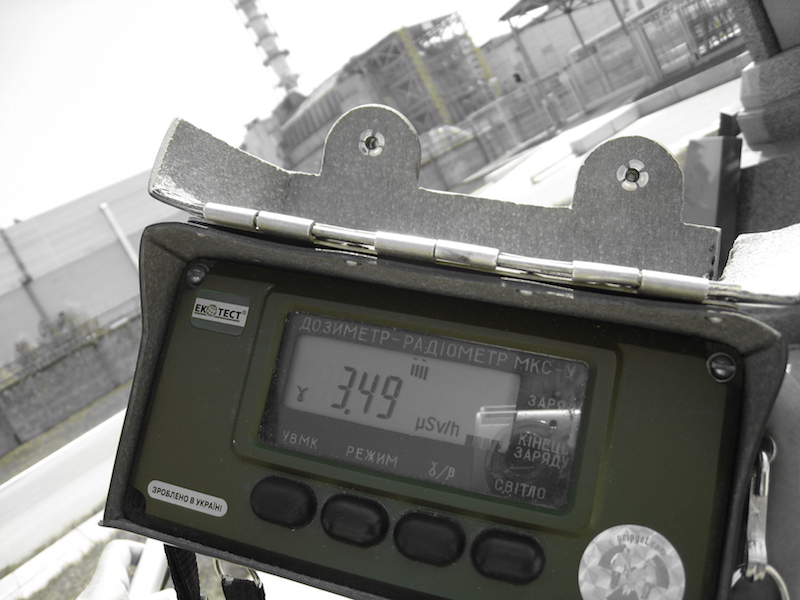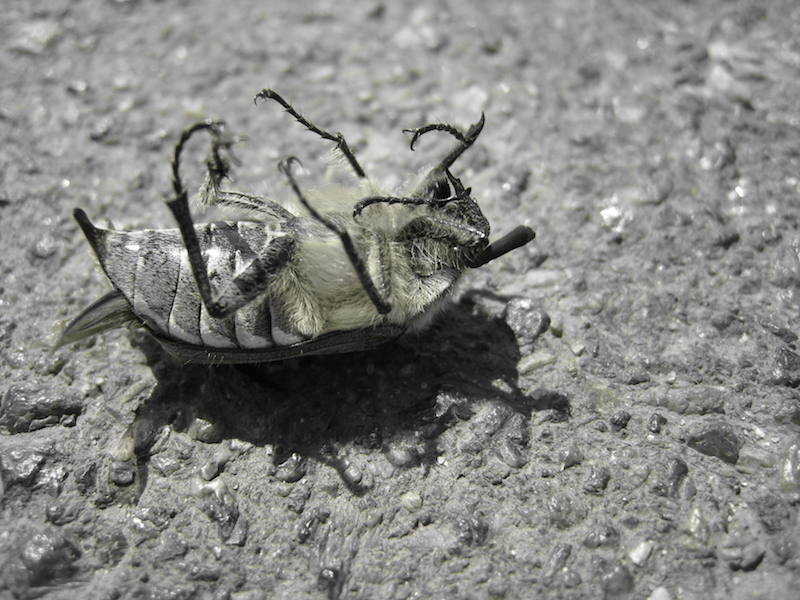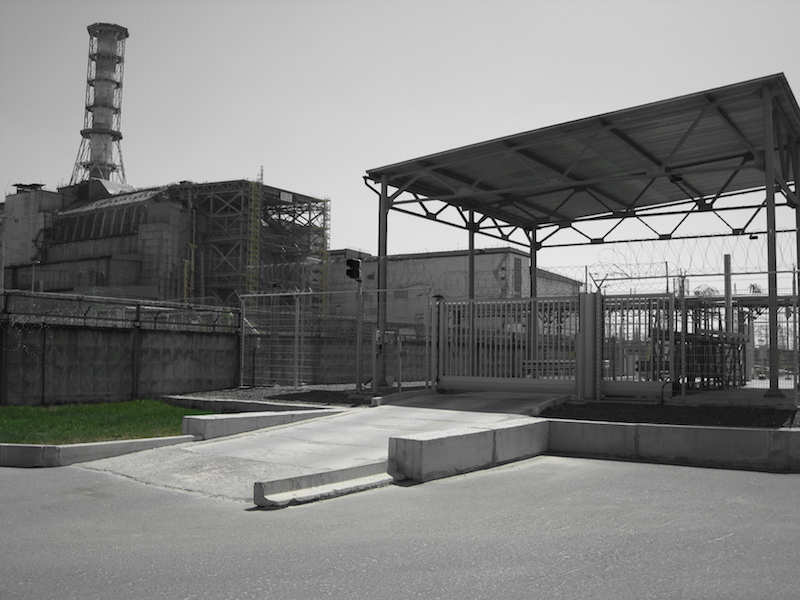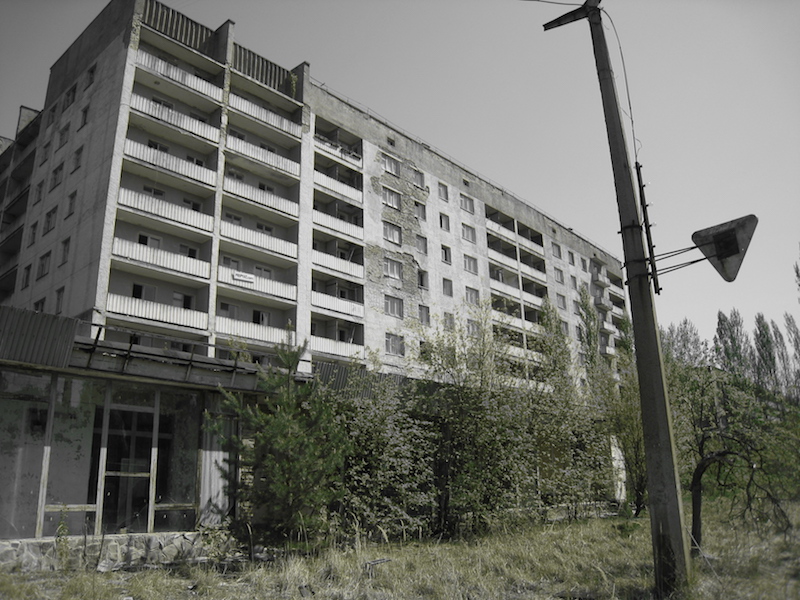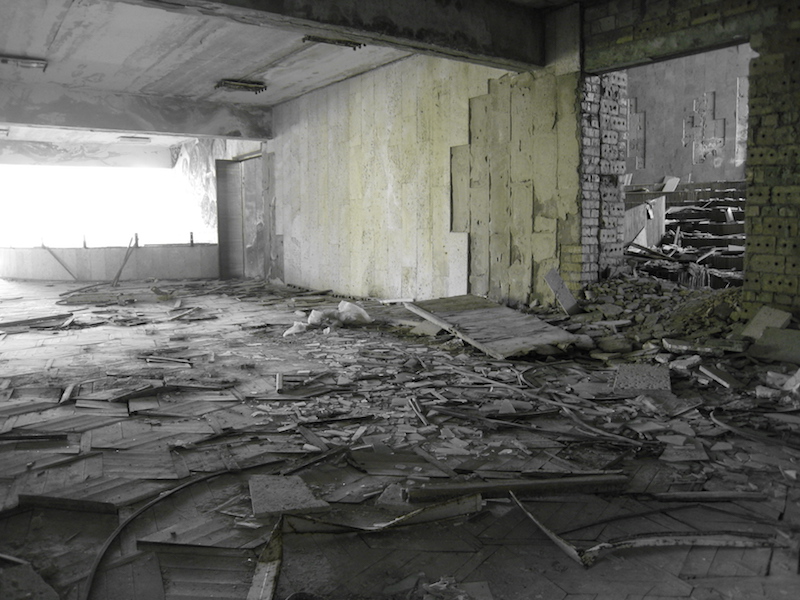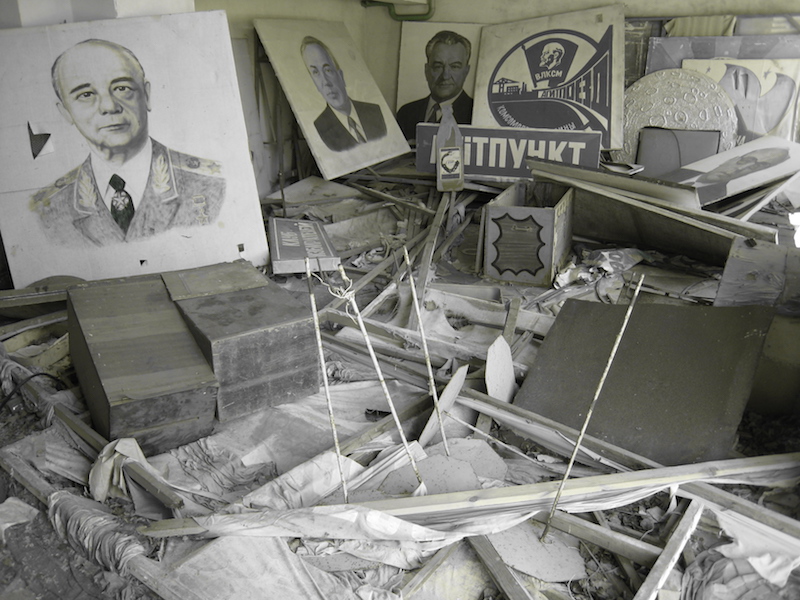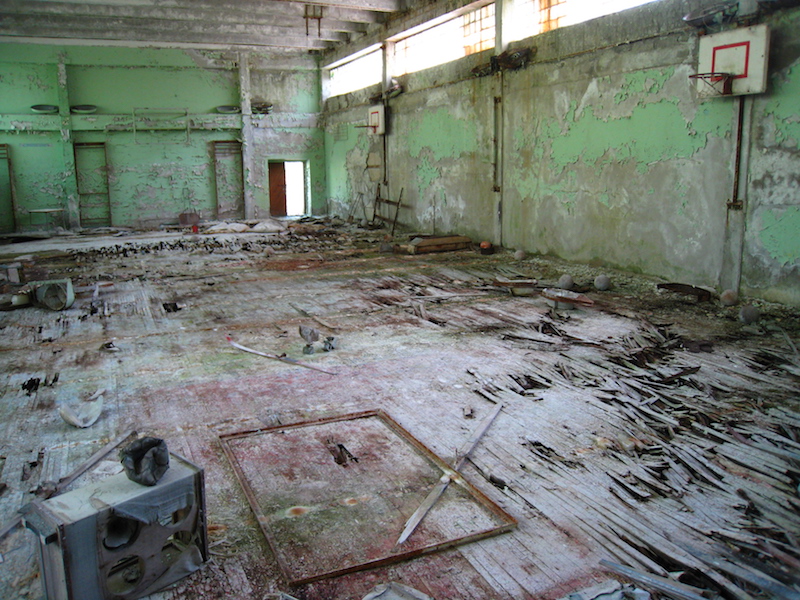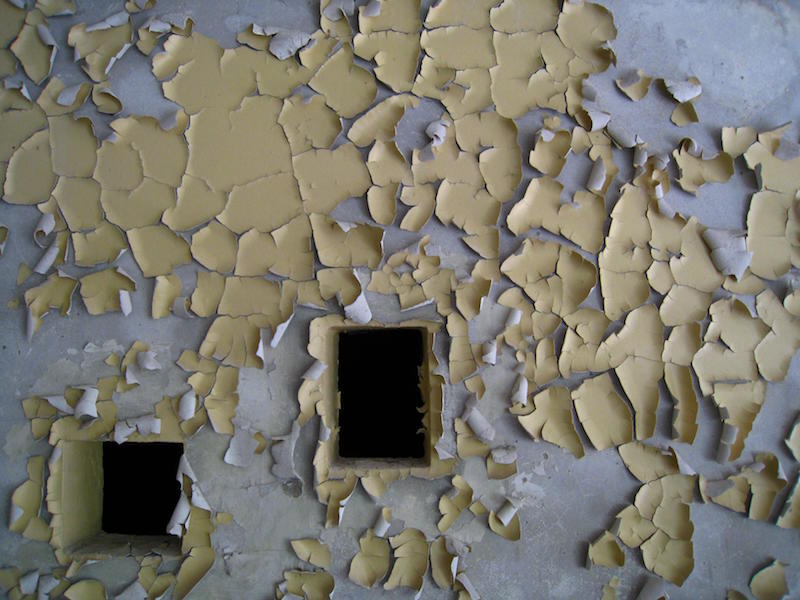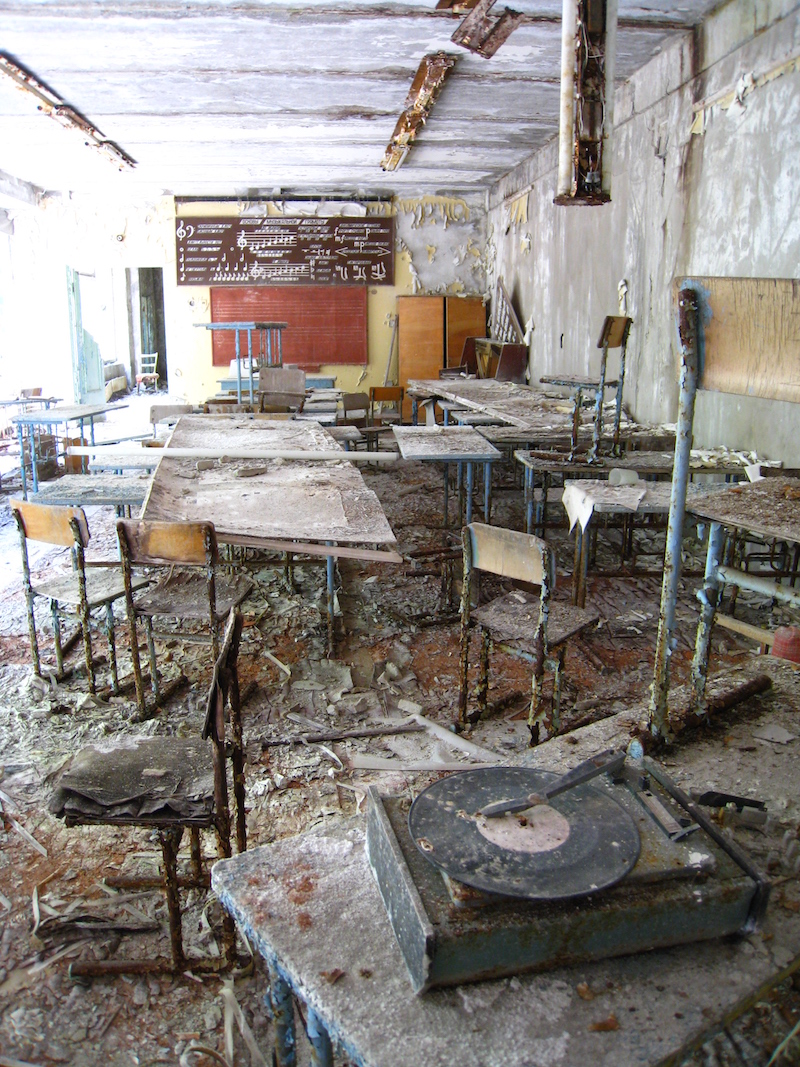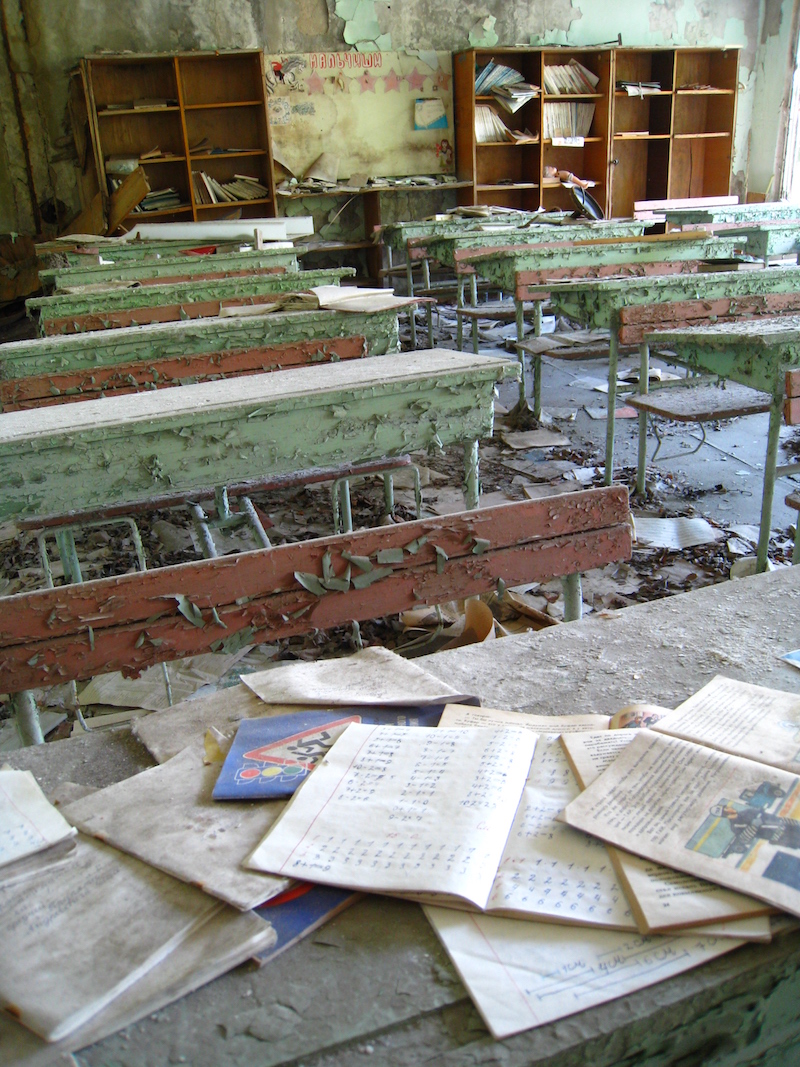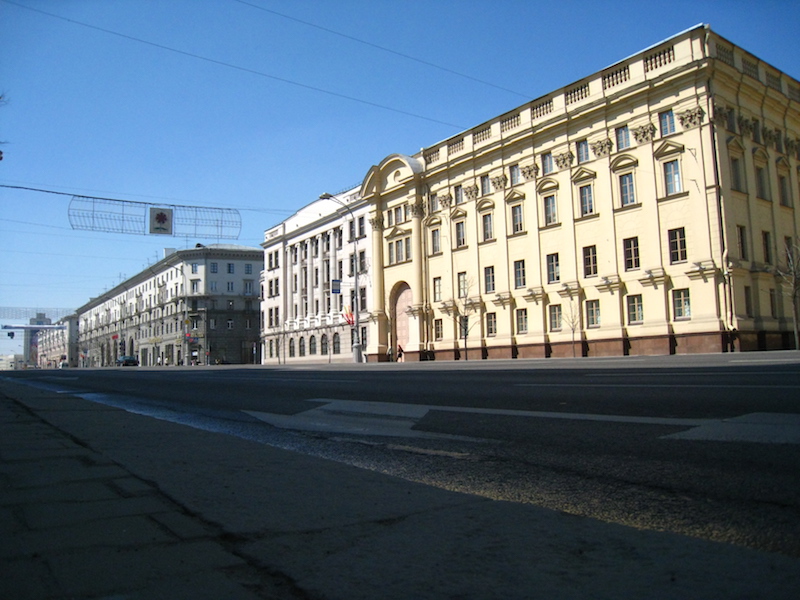Why do we travel? For work? For pleasure? Because we must? Because we want to? For me, even when it’s business, it’s personal. Which is how I find myself in the Romanian capital of Bucharest, what’s referred to as Little Paris for its neoclassical architecture and one time predilection for all things French. So, who got me to come to this gray and distant place?
This comes from the opening of the Romania episode of No Reservations, a food+travel TV series hosted by one of my favorite authors, Anthony Bourdain. While I don’t recommend watching the episode–it’s simply horrible–this quote captures my emotions quite well.
Unlike Ukraine, the Romanian air (as far as I know) is radioactive free. Sigh. I’m nearing the end of my stay, and as of yet have not gotten the full impression of Bucharest that I was looking for. I have to remind myself that it’s impossible to really know a city when I am only there for a handful of days, and when those days are spent working, it is hard to get a multi-faceted perspective. In that sense, being a business traveler has been bittersweet.
Hotel
I am staying at the Ramada Plaza in the northern, more suburban region of Bucharest. The overall decor has a very space-age-IKEA feel to it, with ultra-modern minimalist furniture and single-hued, ambient artwork. The staff is incredibly friendly, but the pool and fitness center are under renovation. Glad I brought my jump rope. I noticed, on the third floor at least, that a fire hydrant mysteriously serves as a doorstop. Can’t figure that one out. Oh, and my room smells like ginger.
Stray Dogs
There’s an interesting story behind this. In the 1980s, Nicolae Ceausescu, a now-executed Communist dictator, demolished a large portion of Bucharest homes. In classic megalomaniacal fashion, he used the newly razed area to build tower blocks, wide boulevards, and grandiose monuments to himself. While homeowners were rehoused in tiny flats, many of them were forced to abandon their pets. Naturally, the animals ran wild and do what animals do best–bump uglies and make more animals.
In 2006, an elderly Japanese businessman bled to death after being bit in the leg by a stray. Since then, the government rounded up hundreds of dogs and lethally injected them (which I have my own issues with), but despite government efforts, stray dogs still take over many-a-dark-alley at night. I can hear them barking now. Seriously. No walking alone after 5pm for this guy.
Erotic Massages
I’ll put it this way–this is the first map I picked up in Romania. Marvel at the irony.
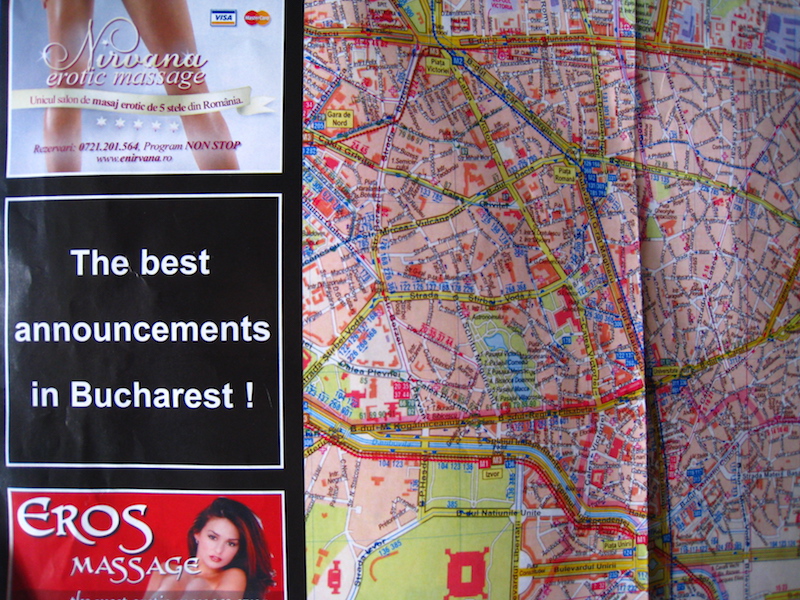
13/15 ads on the map are R-rated. Really? There’s not much more to say here.
My first Tweetup
For all you non-nerds out there, a “tweetup” is when you meet someone in person that you originally met over the micro-blogging platform, Twitter. A few months ago, I was looking for web programmers to address a coding issue I had on my blog. I came across Adrian Diaconescu, and when I learned he had started a travel blog called Freelance Traveler, I knew that he was the perfect person to get in touch with. Thankfully, our schedules worked out, and Adrian was kind enough to take me to Caru’ cu bere, one of the few traditional Romanian beerhouses left in Bucharest–it’s been around since 1879!
Boy was it fun. We chatted about travel, Romanian politics, his work, my work, and yes, blogging. To compensate for all the nerdiness, we demonstrated ultimate manhood by ordering beers and meat. There’s just no other way, right? Below is a picture of mititei, a joyful blend of mutton, beef, pork and several flavor-enhancing spices. YUMMY.
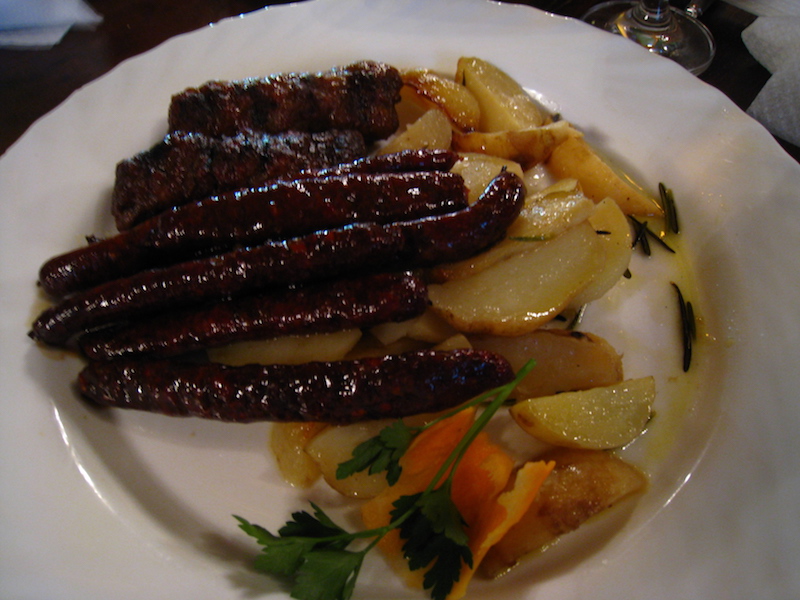
Adrian, a big thank you for your company. Noroc to you!
(Noroc = luck, or ‘cheers’ in Romanian)
